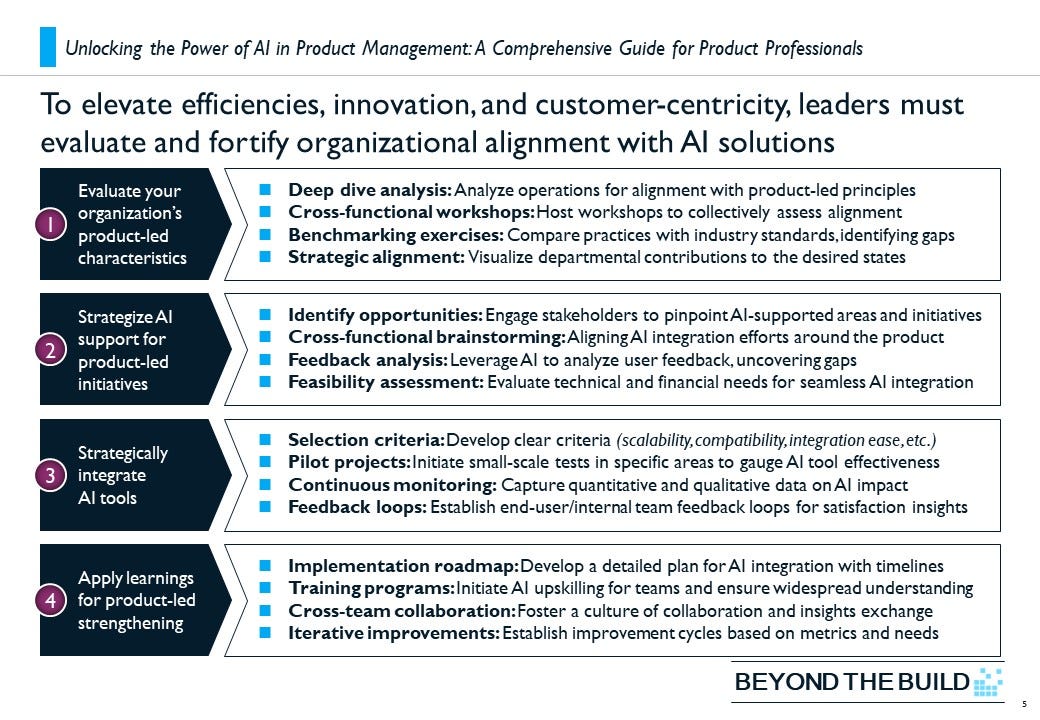In the article “Unlocking Learning Potential: The Power of Instructional and UX Design Fusion,” the synergy between Instructional Design and User Experience (UX) design is explored to create more effective and user-friendly learning materials. By intersecting these two critical fields, designers can focus on user-centered design, leverage multimedia elements, and use data to inform their decisions. While there are challenges to integrating these fields due to different skill sets, the benefits of creating engaging and accessible learning experiences for all learners are well worth it. This fusion of Instructional Design and UX design opens up opportunities for collaboration and innovation in developing online learning materials and systems. How can we unlock the full learning potential of students through the fusion of instructional and UX design principles? Let’s explore the power of combining these two fields to create effective and engaging learning materials.
The Synergy of Instructional Design and UX Design
When it comes to designing learning materials, combining instructional design and user experience (UX) design principles can lead to more user-friendly and effective experiences for learners. Let’s dive into how these two fields intersect and complement each other.
Instructional Design focuses on creating engaging and effective learning experiences for students, while UX design aims to make products and services more accessible and enjoyable to use. By combining these two fields, designers can create learning materials that are not only educational but also user-friendly and engaging.
User-Centered Design
One of the main ways Instructional Design and UX design intersect is through user-centered design. This approach prioritizes the needs and preferences of the user, whether it’s a student or a customer. By focusing on the user, designers can create materials that cater to their specific needs and provide a seamless learning experience.
Instructional Designers and UX designers work together to create multimedia elements, such as videos and animations, that make the learning experience more engaging. UX designers help design intuitive interfaces that are easy to navigate, ensuring that learners have a positive experience.
Data Usage
Both fields heavily rely on data to inform their design decisions. Instructional Designers use data to track student progress and identify areas of improvement, while UX designers analyze user behavior patterns to optimize interfaces. By leveraging data, designers can create learning materials that are tailored to the needs of the users and provide a more personalized experience.

The Challenges of Integrating Instructional and UX Design
While combining Instructional Design and UX design can lead to more effective learning materials, it comes with its challenges. Designers need to have a deep understanding of both learning theory and user research to create materials that are engaging and user-friendly. Bridging the gap between these two fields requires a multidisciplinary approach and collaboration among experts.
Can Instructional Designers Successfully Do UX Design?
Even though Instructional Designers may not have the same expertise in user research and interface design as UX designers, they can still incorporate user-centered design principles into their work. By focusing on the needs of the users, Instructional Designers can create materials that are more engaging and accessible.
Can UX Designers Do Instructional Design?
Similarly, UX designers may not have the same knowledge of learning theory and pedagogy as Instructional Designers. However, they can contribute to the process by designing intuitive interfaces and engaging multimedia elements that enhance the learning experience. By working together, designers can create materials that are both educational and user-friendly.
Does Higher Education Need UX Designers for Learning Management Systems?
Higher education institutions can benefit from working with UX designers to improve the design of Learning Management Systems (LMS). By creating systems that are intuitive and user-friendly, institutions can enhance the overall learning experience for students. UX designers can help design interfaces that are easy to navigate, leading to higher student engagement and satisfaction.

Other Aspects to Consider in Integrating Instructional and UX Design
In addition to user-centered design and data usage, there are other important aspects to consider when combining Instructional Design and UX design principles.
Accessibility
Ensuring that learning materials are accessible to all learners, including those with disabilities, is a crucial aspect of instructional and UX design. Designers must have a deep understanding of accessibility standards and implement them to create materials that are inclusive and accessible to everyone.
Learning Management Systems
The development of online Learning Management Systems in higher education presents a unique challenge. These systems can be complex and difficult to navigate, impacting student access to course materials. By working with UX designers, institutions can create LMS that are intuitive and user-friendly, improving the overall learning experience for students.
Course Materials
Designing online course materials requires a combination of instructional and UX design principles. Instructional Designers focus on creating engaging content, while UX designers help design interfaces that are visually appealing and easy to navigate. By collaborating, designers can create materials that are both informative and user-friendly.

Conclusion
In conclusion, the fusion of Instructional Design and UX design can lead to more effective and engaging learning materials. By combining these two fields, designers can create experiences that are tailored to the needs of the users and provide a seamless learning experience. While there are challenges to integrating these fields, the benefits of collaboration and innovation are valuable in creating materials that are both educational and user-friendly.





